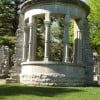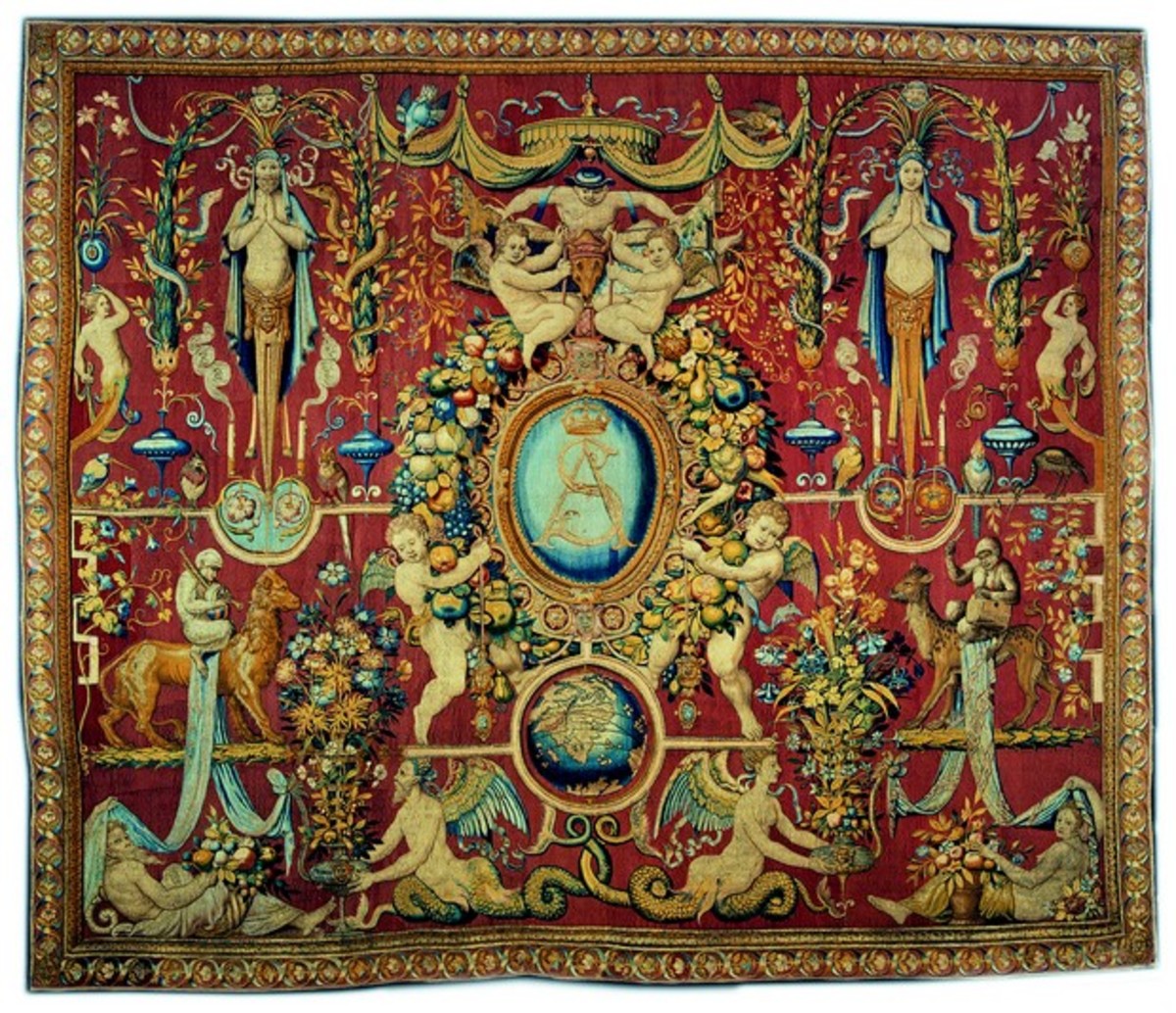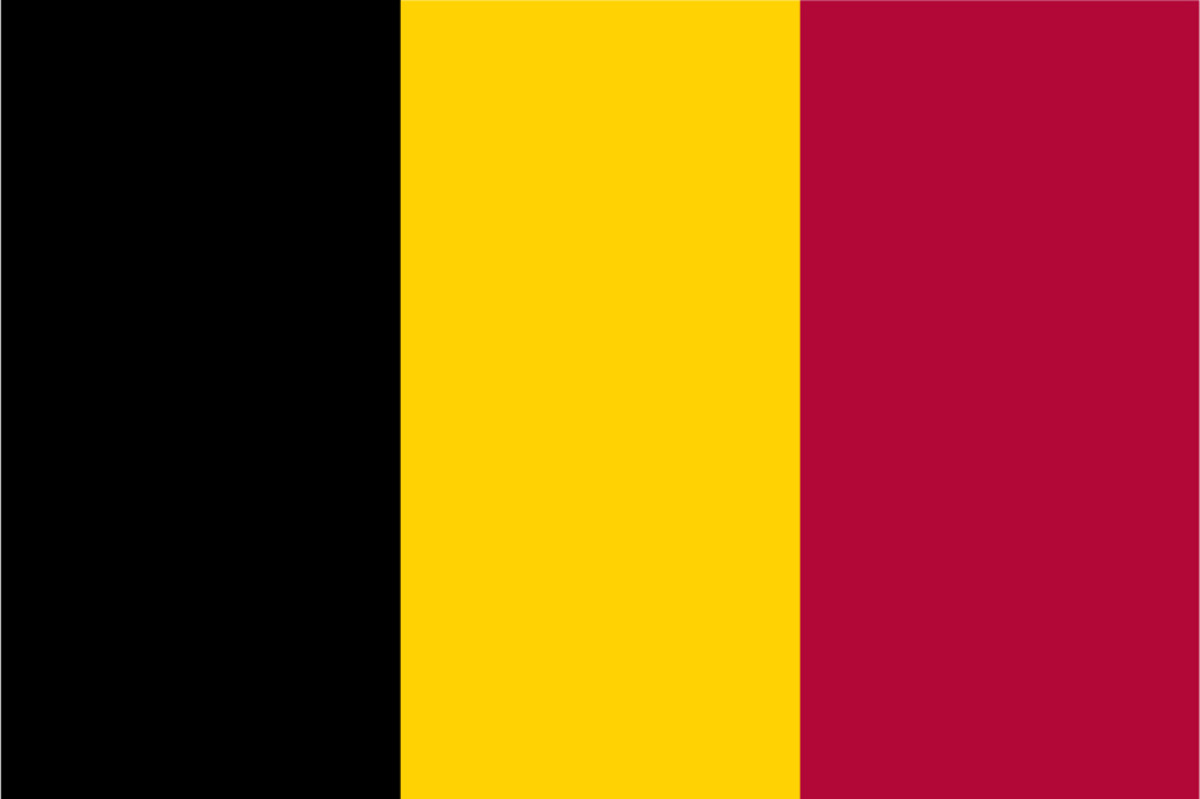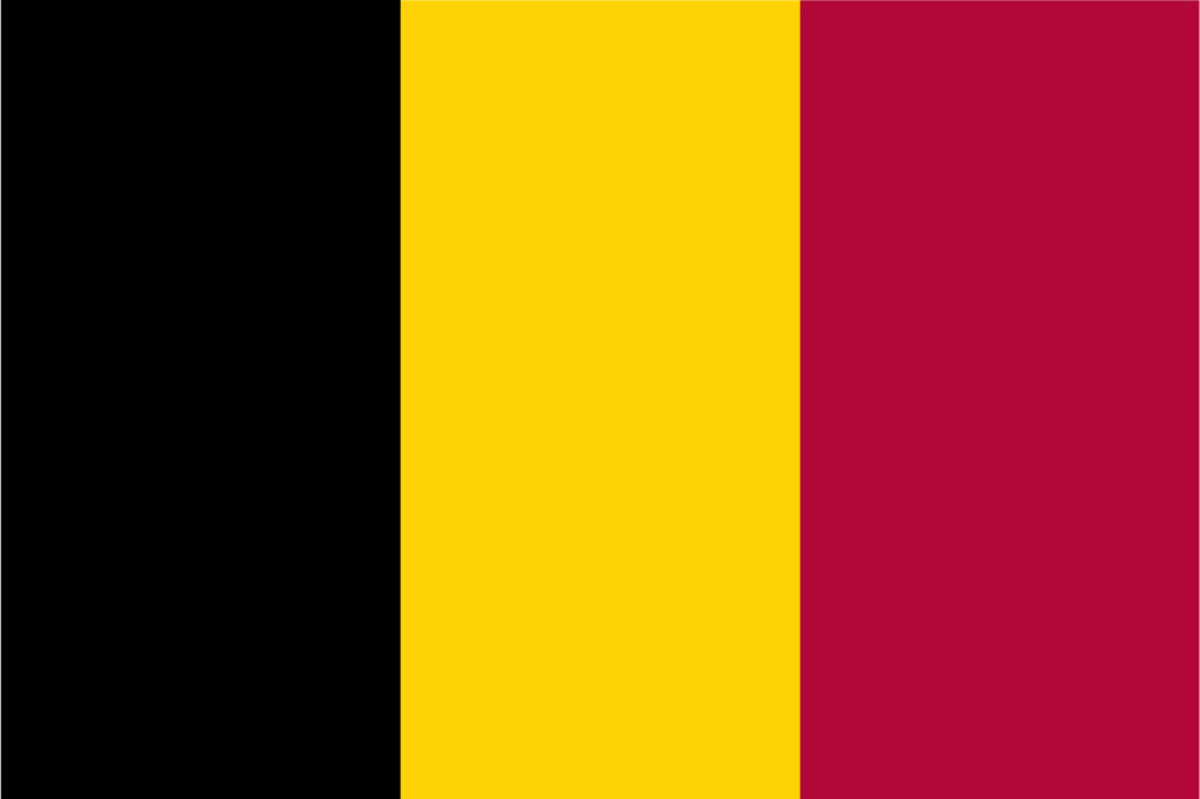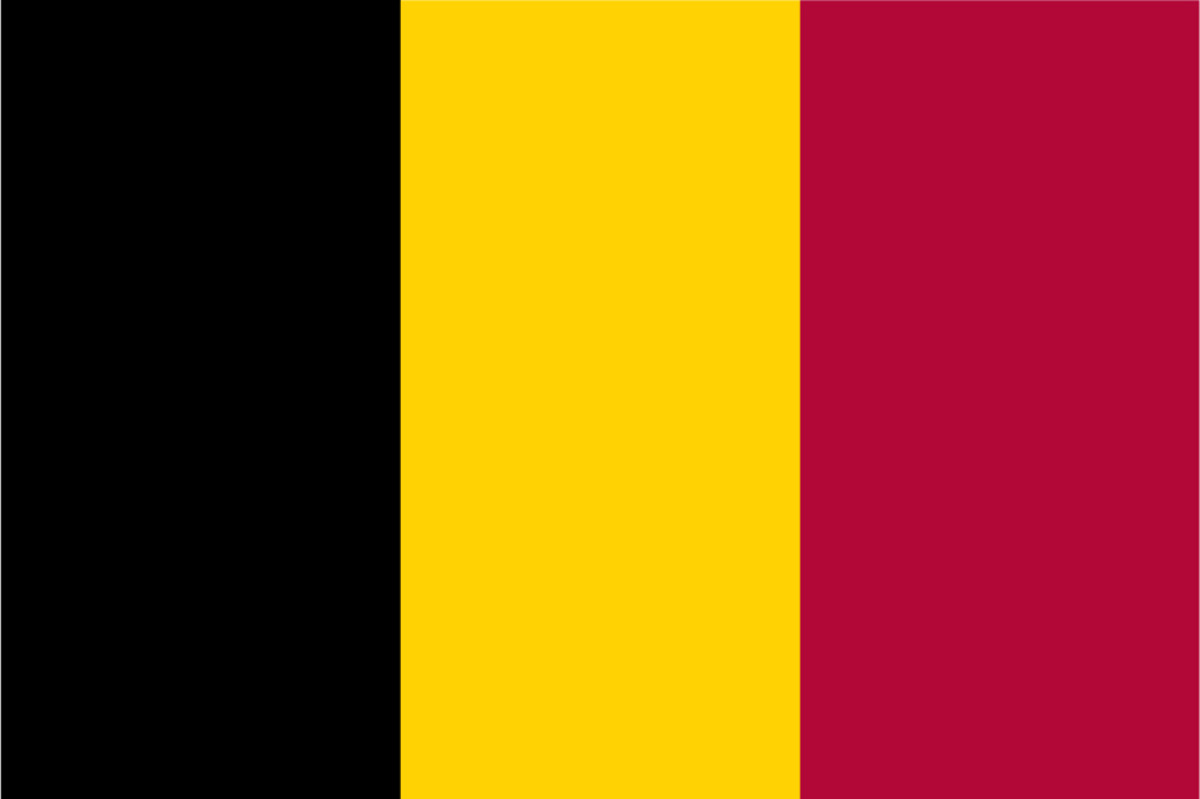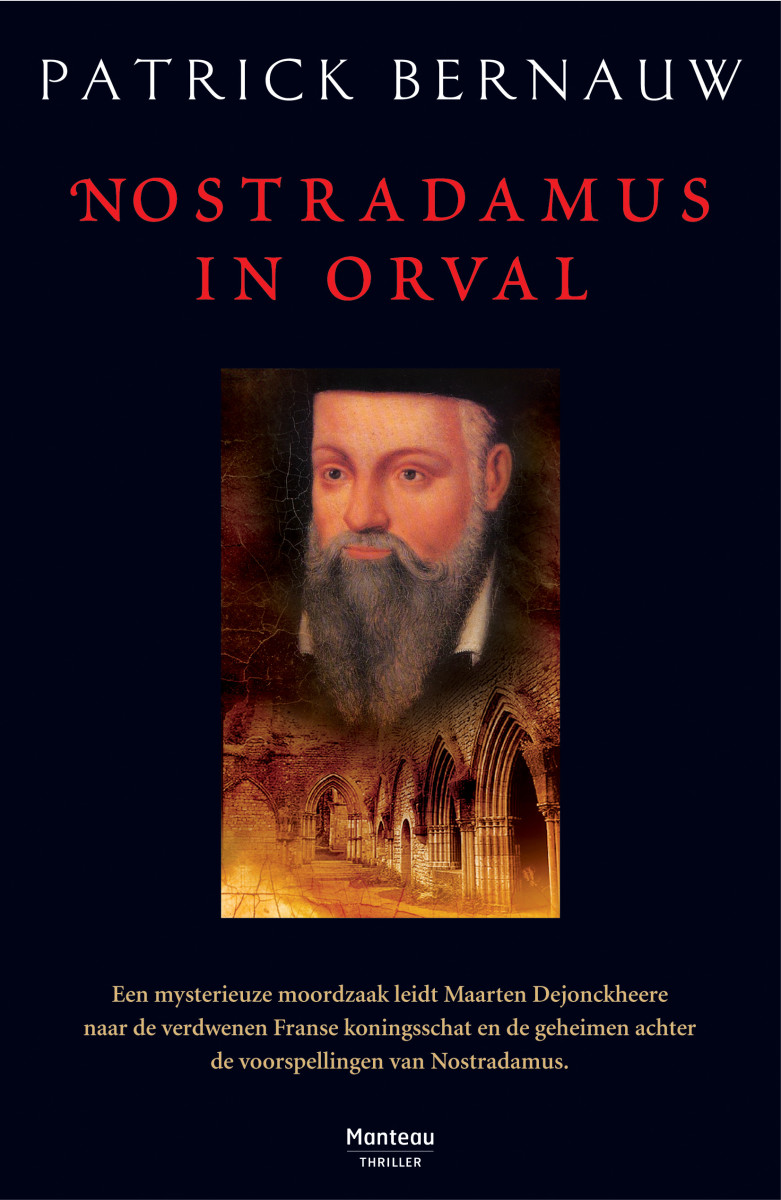Visiting No. 3, Place Poelaert / Poelaertplein, Brussels, Belgium: Simplified Louis Xv Style, by Ernest Jaspar
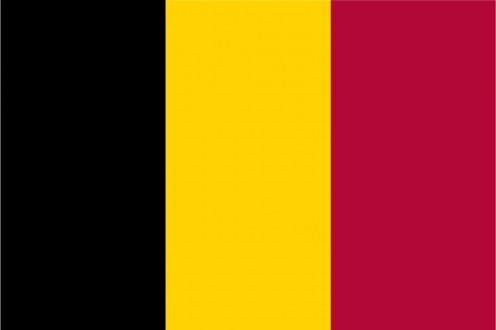
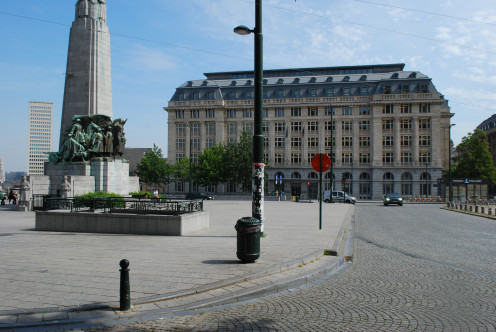
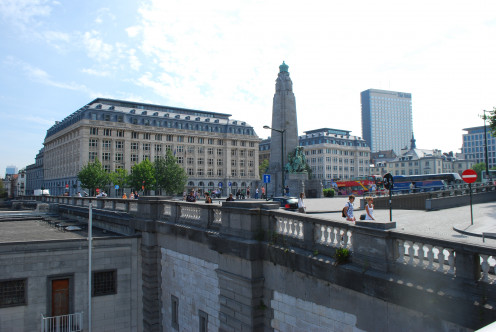
A whiff of former opulence at a slightly macabre site
No. 3, place Poelaert / Poelaertplein, Brussels, Belgium, is an imposing — even opulent — building which dates from 1928/1929. Its architect was Ernest Jaspar (1876-1940)(1), known as a designer of opulent hotels.
The building is executed in simplified Louis XV — or Beaux-Arts — style. Features include ground floor rounded arching at windows and doorways, and many pillars — possibly pilasters, strictly speaking — which ascend to the mansard roofing. Building materials included concrete and bluestone (2).
No. 3, place Poelaert / Poelaertplein was first used as a sought-after hotel, named La Régence. This name was derived from the fact that the building stands at the intersection of rue de la Régence / Regentschapstraat (3) and place Poelaert / Poelaertplein.
Subsequently, the building was taken over by the Belgian Ministry of Justice, in order to supplement office space for the Palais de Justice / Justitiepaleis located opposite No. 3, place Poelaert / Poelaertplein.
The building is less known than it might otherwise be because it is overlooked — and postively dwarfed — by the gigantic Palais de Justice / Justitiepaleis. Given the elevated situation of place Poelaert / Poelaertplein, built on the Mont des potences (4) / Galgenberg, views from the building over the Brussels skyline are excellent.
Interestingly, some of the former upmarket Hotel guests were probably unaware that the Mont des potences / Galgenberg site, on which the Hôtel de la Régence was built, had a slightly macabre reputation for being formerly a place for public hangings.
In 1945, No. 3, place Poelaert / Poelaertplein formed a backdrop to a victory parade by Allied Troops.
Faint echoes of King Farouk?
While the former Hôtel de la Régence may seem to the visitor to be a very large, imposing building, it is yet smaller in size than another of Ernest Jaspar's great Hotel projects, the Heliopolis Palace Hotel, Egypt, built 1908-1910, now used as a residence of the President of Egypt, known as the Ittihadiya Presidential Palace (Arabic: قصر الاتحادية Kasr Al Ittihadia). It is said that King Albert I and Queen Elizabeth of the Belgians liked Jaspar's sumptuous, former Heliopolis Palace Hotel so much that they stayed there an entire month; it is said that tycoon J P Morgan was bowled over by the phantasmic, desert Taj Mahal (5); it is also said slightly dubiously that Jaspar's palatial Egyptian hotel was a favourite drinking venue of Egypt's future King Farouk.
Perhaps Jaspar's hotel creations are redolent of more than a whiff of Burgundian comfort and opulence, and of Egyptian dynastic ostentation?
In any case, close your eyes and imagine pre-World War Two parties where the former ruling classes used this opulent venue for now unlamented, bacchanalian activities.
February 23, 2015
Notes
(1) Other works by Architect Jaspar include other properties in the Brussels area, and projects in Goma, Belgian Congo, Heliopolis, Egypt and Hyderabad, India. Ernest Jaspar came from a distinguished, Belgian family. His brother Henri Jaspar served as Prime Minister of Belgium 1926-1931. His son Marcel-Henri Jaspar (1901-1982) served as a government minister and a diplomat.
(2) See also (in French): http://www.persee.fr/web/revues/home/prescript/article/remmm_0997-1327_1994_num_73_1_1687
(3) Occasionally written also: Regentiestraat.
(4) Sometimes written also: Mont de la potence. To visitors also familiar with London, England, the Mont des potences (3) / Galgenberg is in some ways comparable with Speakers' Corner, Hyde Park, which, although today a particularly respected area with regard to the value of British, free institutions, had historically been known as Tyburn, the place where public executions had taken place since the 12th century.
(5) See also: http://weekly.ahram.org.eg/2007/851/sc9.htm
Some sourcing: Wikipedia.
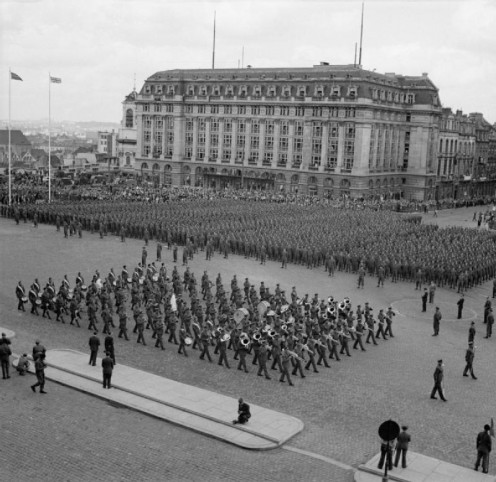
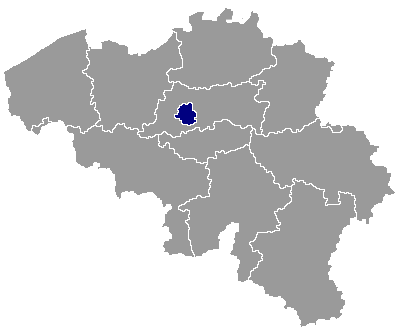
Also worth seeing
In Brussels itself, there are very many visitor attractions and these are not easy to summarize adequately; but included among these are: the Grand' Place; the Royal St. Hubert Galleries; the Cathedral of Saint-Michel / Sint-Michiel ; the Koekelberg Basilica; the Royal Palace, the Palace of Justice, the opulent Stock Exchange building, the Erasmus House museum, Anderlecht, and many others.
...
How to get there: Brussels Airlines flies from New York to Brussels Airport (Brussel-Nationaal / Bruxelles-National ), from where car rental is available. However, the Metro is a very convenient way of getting around Brussels. Some facilities may be withdrawn, without notice. Please check with the airline or your travel agent for up to date information.
MJFenn is an independent travel writer based in Ontario, Canada.
Other of my hubpages may also be of interest
- Visiting the Palace of Justice at Brussels, Belgium: gigantic building, huge issues
The very hugeness that Architect Poelaert wanted to achieve has proven problematic to those responsible for the maintenance of Belgium's Palace of Justice. - Visiting the Belgian Infantry Monument, Place Poulaert / Poulaertplein, Brussels, Belgium: dating fr
This Monunent commemorates the 32,000 Belgian infantry members who fell in World War One, and is also dedicated to the memory of those who were victims of World War Two.
